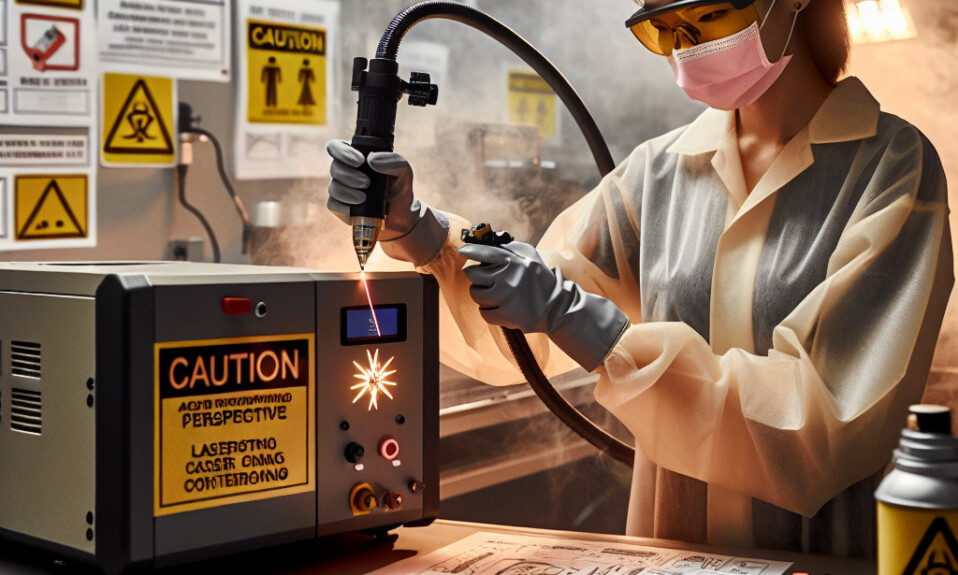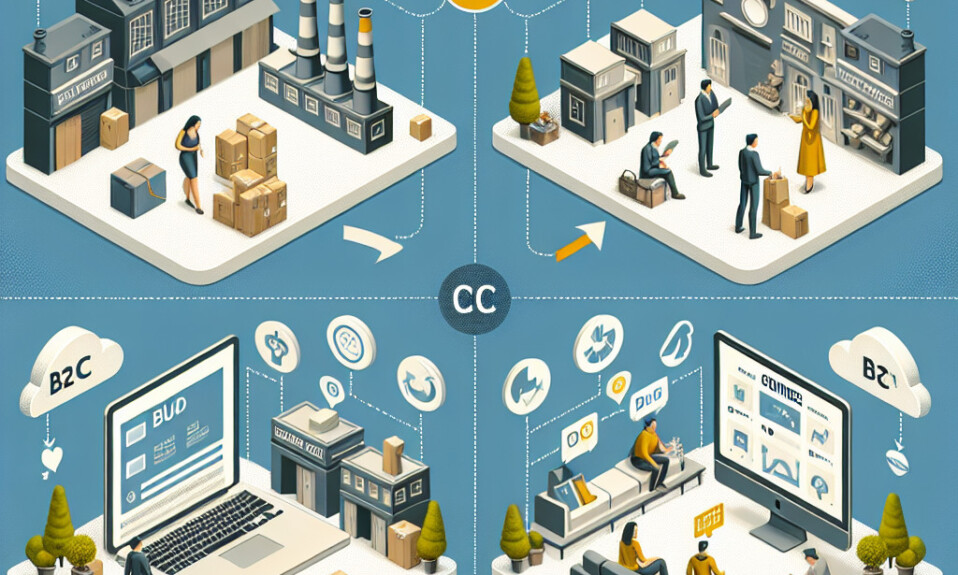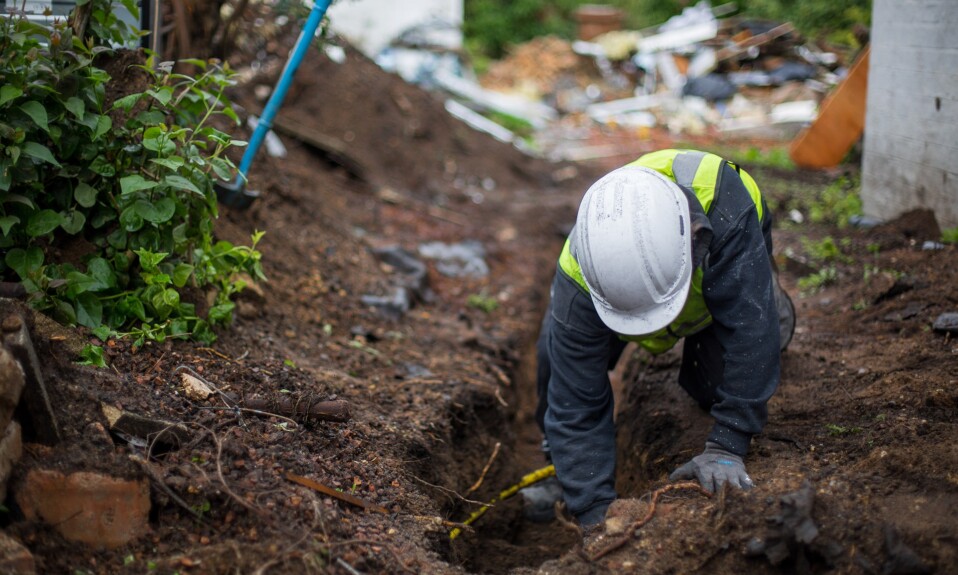- Introduction to laser cleaning technology
- How does laser cleaning work?
- Environmental benefits of laser cleaning
- Future prospects of laser cleaning technology
- Regulatory considerations for using laser cleaning technology
- Integration of laser cleaning into existing cleaning processes
- Comparison of different types of lasers used for cleaning
- Social implications of widespread adoption of laser cleaning
Introduction to laser cleaning technology
Laser cleaning technology is a cutting-edge method used to remove contaminants, coatings, rust, and other unwanted materials from surfaces. This innovative technique utilizes the power of laser beams to vaporize or ablate the surface layer of the material, leaving behind a clean and pristine surface. Laser cleaning technology offers numerous advantages over traditional cleaning methods, including precision, efficiency, and environmental friendliness.
How does laser cleaning work?
Laser cleaning works by focusing a high-intensity laser beam onto the surface of the material to be cleaned. The energy from the laser beam interacts with the contaminants on the surface, causing them to either vaporize or ablate. The process is highly precise, allowing for selective removal of contaminants without damaging the underlying material. Laser cleaning technology can be used on a wide range of materials, including metals, plastics, ceramics, and composites.
Benefits of laser cleaning technology
– Precision: Laser cleaning technology allows for precise control over the cleaning process, ensuring that only the contaminants are removed without damaging the underlying material.
– Efficiency: Laser cleaning is a fast and efficient method of cleaning surfaces, reducing the time and labor required for traditional cleaning methods.
– Environmental friendliness: Laser cleaning technology is a non-contact and chemical-free method of cleaning, making it environmentally friendly and safe for use in a variety of applications.
– Versatility: Laser cleaning technology can be used on a wide range of materials and surfaces, making it a versatile solution for a variety of cleaning applications.
Overall, laser cleaning technology offers a modern and efficient solution for removing contaminants and restoring surfaces to their original condition. With its precision, efficiency, and environmental friendliness, laser cleaning technology is quickly becoming the preferred method for cleaning a wide range of materials and surfaces.
#laser #cleaning #technology
frazy kluczowe:
– laser cleaning technology benefits
– how does laser cleaning work
– laser cleaning technology applications
– laser cleaning technology advantages
– laser cleaning technology process
How does laser cleaning work?
| Step | Description |
|---|---|
| 1 | Preparation of the surface to be cleaned |
| 2 | Adjusting the laser parameters for optimal cleaning |
| 3 | Scanning the laser beam over the surface |
| 4 | Monitoring the cleaning process |
| 5 | Inspecting the cleaned surface for quality control |
Laser cleaning is used in a variety of industries, including automotive, aerospace, electronics, and conservation. It is a versatile and environmentally friendly method of cleaning that does not require the use of chemicals or abrasive materials. Laser cleaning is also faster and more efficient than traditional cleaning methods, making it a cost-effective solution for many applications.
In conclusion, laser cleaning is a highly effective and precise method of removing contaminants from surfaces. It is a versatile and environmentally friendly process that is used in a variety of industries. By using a high-energy laser beam, laser cleaning vaporizes or ablates unwanted material from surfaces, leaving behind a clean and undamaged surface.
#laser #cleaning #surface #contaminants #coatings #rust #paint #non-contact #precise #high-energy #vaporize #ablate #environmentally-friendly #versatile #cost-effective #automotive #aerospace #electronics #conservation #chemical-free #fast #efficient
frazy kluczowe:
– Highly effective and precise method of removing contaminants
– Versatile and environmentally friendly process
– Cost-effective solution for many applications
Environmental benefits of laser cleaning
Reduced chemical usage
One of the main environmental benefits of laser cleaning is the reduction in chemical usage. Traditional cleaning methods often rely on harsh chemicals that can be harmful to the environment. Laser cleaning eliminates the need for these chemicals, making it a more eco-friendly option.
Less waste production
Another advantage of laser cleaning is the reduction in waste production. Traditional cleaning methods can generate a significant amount of waste, such as used cleaning agents or contaminated materials. Laser cleaning produces minimal waste, making it a more sustainable option.
Energy efficiency
Laser cleaning is also more energy-efficient compared to traditional cleaning methods. The high-powered lasers used in this process consume less energy than other cleaning equipment, reducing the overall energy consumption and carbon footprint.
Non-abrasive cleaning
Unlike abrasive cleaning methods, laser cleaning is a non-abrasive process that does not damage the surface being cleaned. This means that there is less need for repairs or replacements, leading to a longer lifespan for the cleaned surfaces and less waste in the long run.
Conclusion
In conclusion, laser cleaning offers several environmental benefits that make it a more sustainable and eco-friendly option compared to traditional cleaning methods. By reducing chemical usage, waste production, and energy consumption, laser cleaning helps protect the environment and promote a greener future.
| Environmental benefits of laser cleaning |
|---|
| Reduced chemical usage |
| Less waste production |
| Energy efficiency |
| Non-abrasive cleaning |
#laser #cleaning #environment #sustainability #energyefficiency #nonabrasivecleaning
Keywords: laser cleaning, environmental benefits, sustainability, energy efficiency, non-abrasive cleaning
Long-tail phrases: benefits of laser cleaning for the environment, reduction in chemical usage, minimal waste production, energy-efficient cleaning, non-abrasive surface treatment.
Future prospects of laser cleaning technology
Advantages of laser cleaning technology:
- Environmentally friendly: Laser cleaning eliminates the need for harmful chemicals, making it a more sustainable option for surface cleaning.
- Efficient: The precision of laser technology allows for quick and thorough cleaning of surfaces, reducing the time and labor required for traditional methods.
- Versatile: Laser cleaning can be used on a wide range of materials, including metal, stone, and even delicate surfaces like artwork or historical artifacts.
- Non-contact: Unlike abrasive methods, laser cleaning does not require physical contact with the surface, minimizing the risk of damage or distortion.
Future prospects:
As laser cleaning technology continues to evolve, its potential applications are expanding. In the future, we can expect to see:
- Increased efficiency: Advances in laser technology will lead to faster cleaning speeds and improved precision, making the process even more efficient.
- Broader range of materials: Researchers are working to develop lasers that can safely clean a wider variety of materials, opening up new possibilities for industries like aerospace and automotive.
- Integration with robotics: Laser cleaning technology is already being integrated into robotic systems, allowing for automated cleaning processes in industrial settings.
- Cost-effective solutions: As the technology becomes more widespread, the cost of laser cleaning equipment is expected to decrease, making it a more accessible option for businesses of all sizes.
Overall, the future prospects of laser cleaning technology are promising, with potential applications in a wide range of industries. As research and development continue to drive innovation in this field, we can expect to see even more efficient, versatile, and cost-effective solutions for surface cleaning in the years to come.
#laser #cleaning #technology #future #innovation #efficiency #sustainability #versatility #automation #cost-effective
long-tail phrases: laser cleaning technology advancements, eco-friendly surface cleaning, precision laser cleaning, robotic integration in cleaning processes, cost-effective industrial cleaning solutions.
Regulatory considerations for using laser cleaning technology
Another regulatory consideration is the potential for airborne contaminants to be released during the cleaning process. Depending on the type of material being cleaned, this could include dust, fumes, or other hazardous substances. It is important to assess the potential risks associated with these contaminants and implement appropriate control measures, such as ventilation systems or personal protective equipment, to minimize exposure.
In addition to safety considerations, there are also environmental regulations that must be taken into account when using laser cleaning technology. Some materials, such as lead-based paints or asbestos-containing materials, may be subject to specific disposal requirements. It is important to properly handle and dispose of any waste generated during the cleaning process in accordance with local, state, and federal regulations.
Overall, the use of laser cleaning technology can offer many benefits, including increased efficiency and reduced environmental impact. However, it is important to carefully consider and address the regulatory requirements associated with this technology to ensure safe and compliant operations.
Keywords: laser cleaning technology, regulatory considerations, safety, environmental regulations, laser radiation, airborne contaminants, disposal requirements
Long-tail phrases: laser safety procedures, protective equipment, ventilation systems, disposal requirements, hazardous substances
#laser #cleaning #technology #regulatory #considerations #safety #environmental #regulations #laser #radiation #airborne #contaminants #disposal #requirements #laser #safety #procedures #protective #equipment #ventilation #systems #hazardous #substances
Integration of laser cleaning into existing cleaning processes
Integrating laser cleaning into existing cleaning processes can improve efficiency, reduce costs, and enhance overall cleaning quality. By incorporating laser cleaning technology into automated cleaning systems, manufacturers can streamline their cleaning processes and increase productivity. Laser cleaning can also reduce the need for manual labor, saving time and resources.
To successfully integrate laser cleaning into existing cleaning processes, manufacturers must consider factors such as surface material, contamination type, and cleaning requirements. Different types of lasers, such as pulsed or continuous-wave lasers, may be more suitable for specific cleaning applications. Additionally, the power and wavelength of the laser must be carefully selected to ensure optimal cleaning results.
Incorporating laser cleaning into existing cleaning processes requires careful planning and implementation. Manufacturers must assess their current cleaning methods and identify areas where laser cleaning can be beneficial. They must also invest in the necessary equipment and training to ensure successful integration. By incorporating laser cleaning technology into their cleaning processes, manufacturers can achieve higher cleaning standards, reduce downtime, and improve overall efficiency.
In conclusion, the offers numerous benefits for manufacturers across various industries. By leveraging the power of laser technology, manufacturers can achieve faster, more efficient, and environmentally friendly cleaning results. As the demand for cleaner and more sustainable manufacturing processes continues to grow, laser cleaning is poised to play a key role in the future of industrial cleaning.
#laser #cleaning #integration #manufacturing #efficiency #technology
frazy kluczowe:
– benefits of laser cleaning in manufacturing
– integrating laser cleaning into existing processes
– improving efficiency with laser cleaning
– laser cleaning for complex surfaces
– future of industrial cleaning with laser technology
Comparison of different types of lasers used for cleaning
| Laser Type | Wavelength | Power | Advantages | Disadvantages |
|---|---|---|---|---|
| CO2 Laser | 10.6 µm | High | Effective for organic materials | Not suitable for metals |
| ND:YAG Laser | 1064 nm | Medium | Versatile for various materials | Requires skilled operator |
| Fiber Laser | Various | High | High precision cleaning | Expensive |
CO2 lasers are commonly used for cleaning organic materials such as wood, paper, and textiles. Their high power output makes them effective at removing dirt and contaminants without damaging the surface. However, they are not suitable for cleaning metals due to their wavelength.
ND:YAG lasers, on the other hand, have a medium power output and are versatile for cleaning various materials, including metals, ceramics, and plastics. They are commonly used in industrial applications where precision cleaning is required. However, they require a skilled operator to ensure proper cleaning without damaging the surface.
Fiber lasers are known for their high precision cleaning capabilities, making them ideal for delicate surfaces such as artworks and electronic components. They can remove contaminants with high accuracy and minimal damage to the surface. However, fiber lasers are more expensive than other types of lasers, making them less accessible for some applications.
In conclusion, the choice of laser for cleaning depends on the specific requirements of the application. CO2 lasers are effective for organic materials, ND:YAG lasers are versatile for various materials, and fiber lasers offer high precision cleaning. Each type of laser has its own advantages and disadvantages, so it is important to consider these factors when selecting the appropriate laser for cleaning.
#laser #cleaning #technology #CO2 #NDYAG #fiber #precision cleaning #industrial applications #organic materials #metals #ceramics #plastics #skilled operator #high power #medium power #high precision #expensive #versatile #delicate surfaces #artworks #electronic components.
Social implications of widespread adoption of laser cleaning
Environmental impact: Laser cleaning reduces the need for harsh chemicals and abrasive materials, leading to a decrease in pollution and waste.
Job displacement: While laser cleaning can increase efficiency, it may also lead to job displacement as manual cleaning methods become obsolete.
Cost implications: The initial investment in laser cleaning technology may be high, but the long-term cost savings can be significant.
Health and safety: Laser cleaning eliminates the need for workers to be exposed to harmful chemicals, improving overall health and safety in the workplace.
Global impact: The widespread adoption of laser cleaning can have a positive impact on global sustainability efforts by reducing carbon emissions and waste.
Overall, the adoption of laser cleaning technology has the potential to revolutionize the way we clean and maintain our environment. It is important for society to consider the social implications of this technology and work towards a more sustainable future.
#laser #cleaning #technology #environment #efficiency #jobdisplacement #costsavings #healthandsafety #globalsustainability
Social implications, widespread adoption, eco-friendly nature, manual cleaning methods, initial investment, long-term cost savings, harmful chemicals, overall health, global sustainability efforts.
- Laser cleaning: An eco-friendly alternative to chemical cleaning agents. - 3 March 2024
- Website and mobile application brief - 4 December 2023
- Kurs trenera personalnego a rozwój umiejętności tworzenia indywidualnych programów treningowych - 19 October 2023









